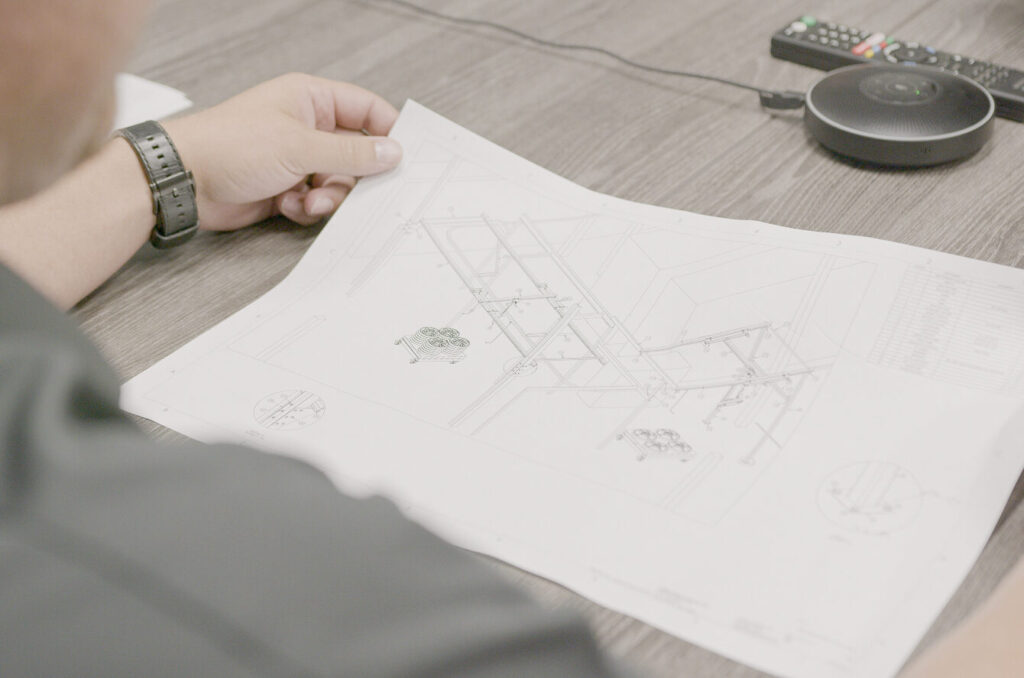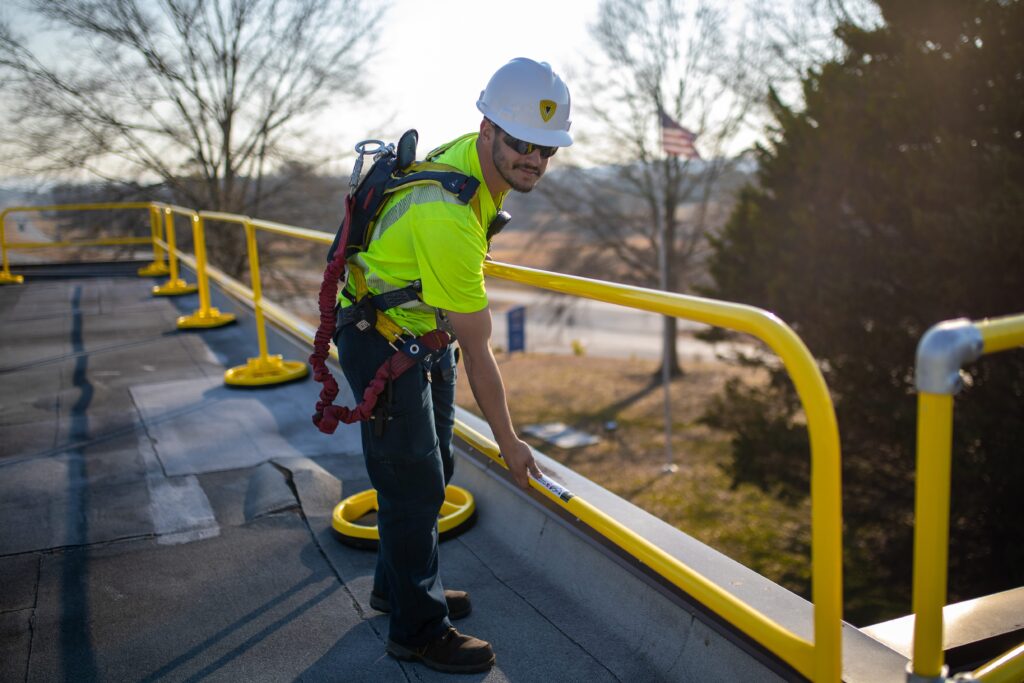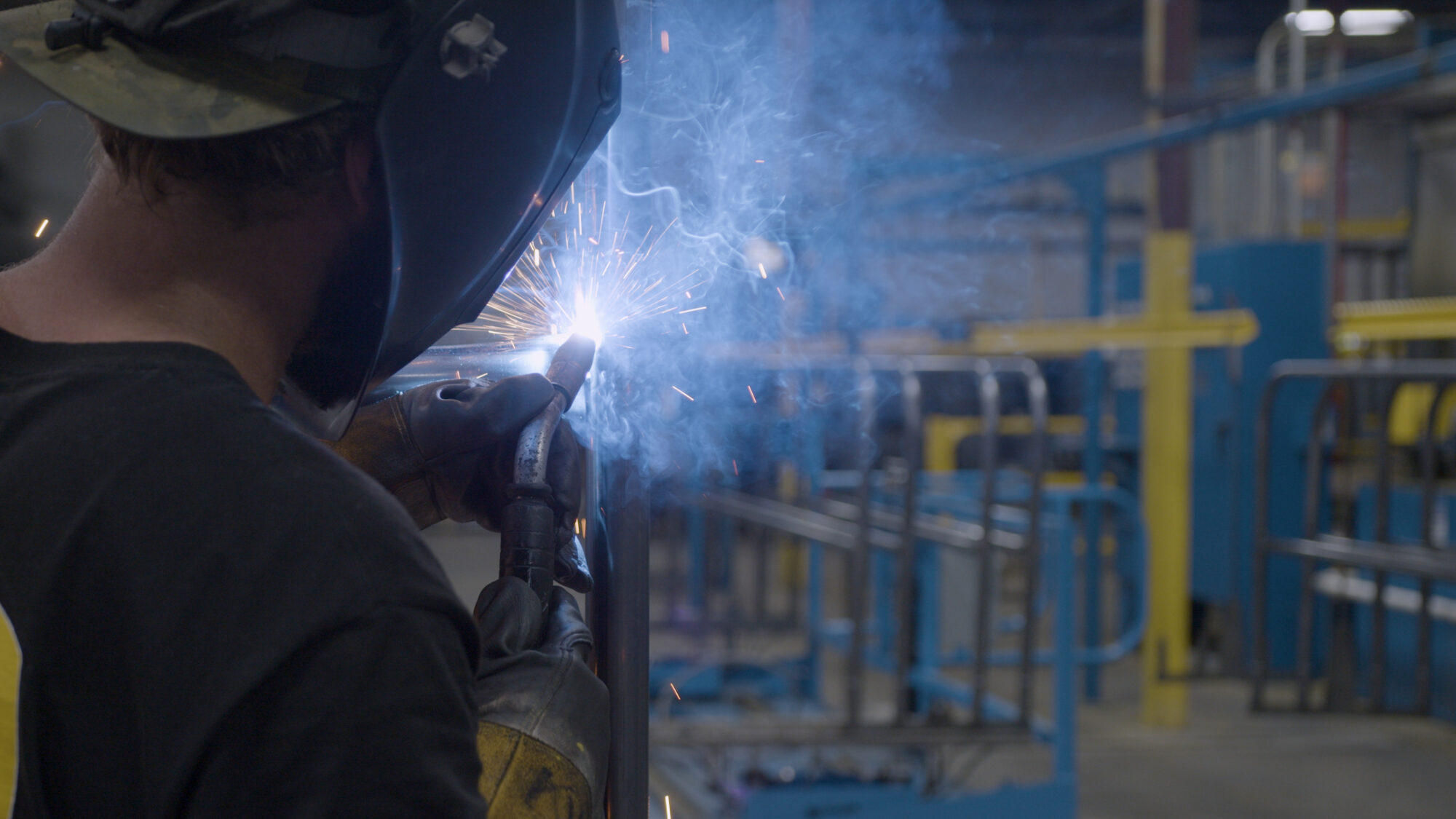

There’s a lot more to be a fall protection leader than a coat of yellow paint. Our engineering and design team holds patents on everything from mobile guardrail bases to anchoring plates. Innovation never sleeps. In addition to creating top-performing products that meet the needs of the many, SRC’s engineers take on the task of designing highly customized, one-of-a-kind fall protection solutions.

Early on, Safety Rail realized that the service components of the fall protection industry were not meeting the needs of the customers; OSHA compliance can be tricky. A shoddy installation can be worse than having nothing. SRC committed to hiring and training experts to insure risks are properly identified, and the right solutions are applied, installed and continuously maintained. SRC’s Site Safe approach is the gold standard in turn-key fall protection.
Our decade-long rise to the top of the industry is in no small measure a result of our integrity-first business model that champions efficiency, ethics, and safety—all while providing market-leading service and craftsmanship.







Regardless of what goes on your rooftop, Safety Rail makes the products that keep your facility OSHA-compliant and your people safe and productive.